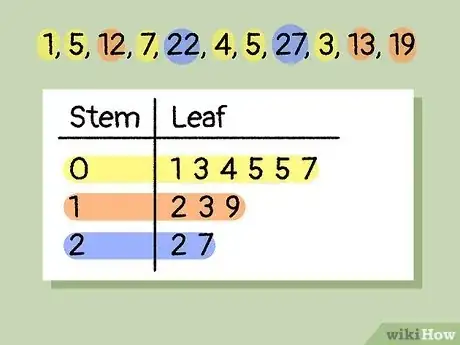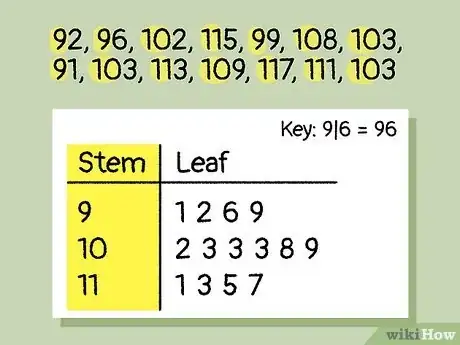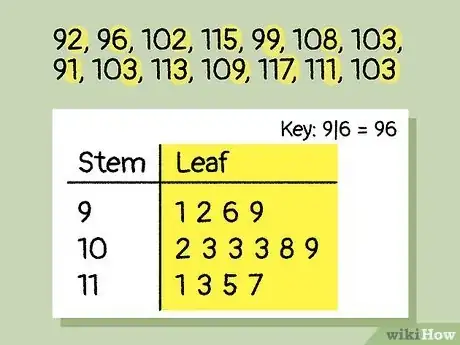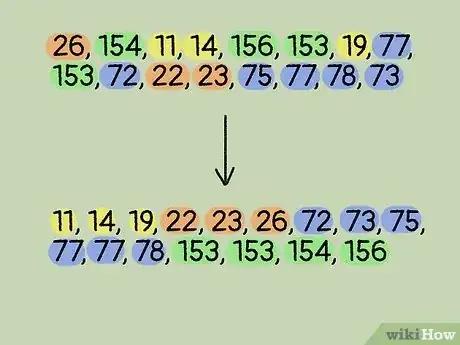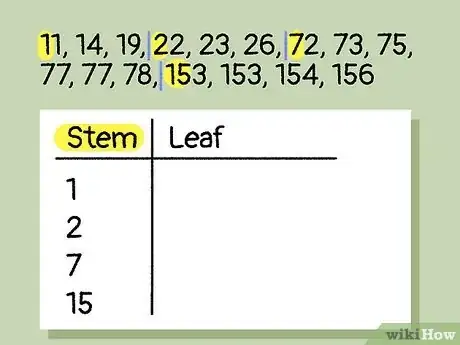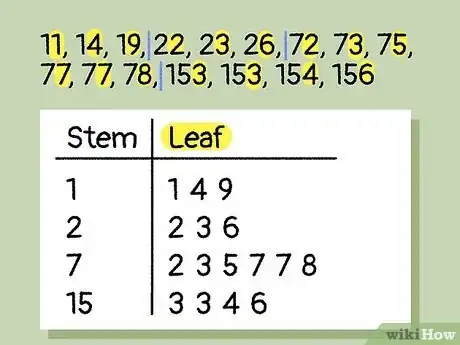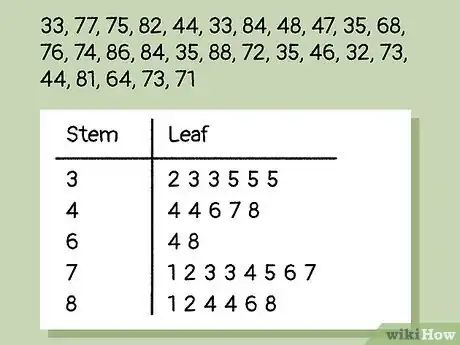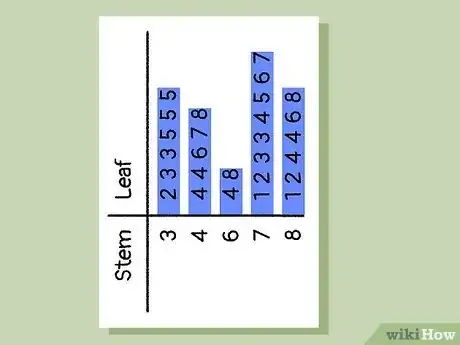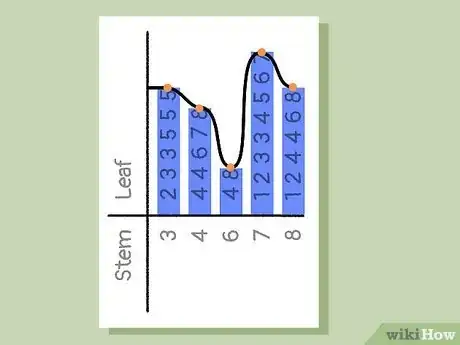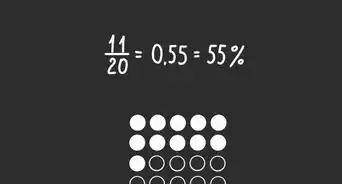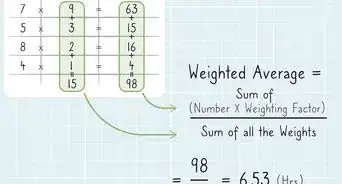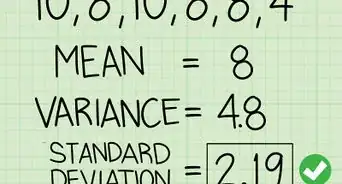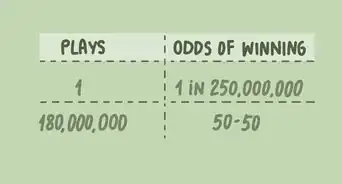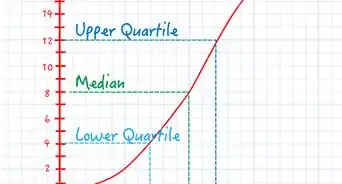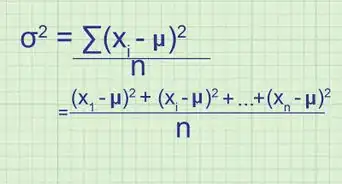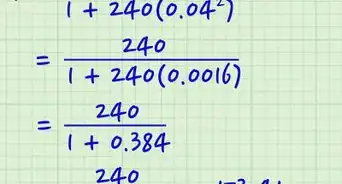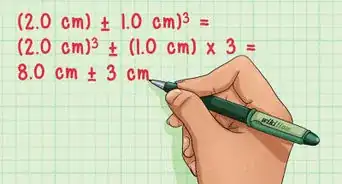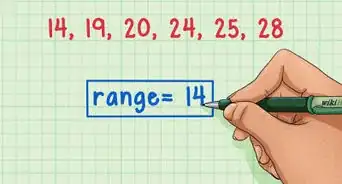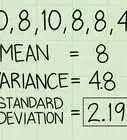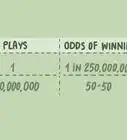This article was co-authored by wikiHow staff writer, Finn Kobler. Finn Kobler graduated from USC in 2022 with a BFA in Writing for Screen/Television. He is a two-time California State Champion and record holder in Original Prose/Poetry, a 2018 finalist for the Los Angeles Youth Poet Laureate, and he's written micro-budget films that have been screened in over 150 theaters nationwide. Growing up, Finn spent every summer helping his family's nonprofit arts program, Showdown Stage Company, empower people through accessible media. He hopes to continue that mission with his writing at wikiHow.
There are 8 references cited in this article, which can be found at the bottom of the page.
This article has been viewed 1,571 times.
Learn more...
Stem and leaf plots are great ways to summarize data, but, if you haven't read one before, they can look pretty confusing. While stem and leaf plots may seem intimidating at first, they’re actually super easy to understand (not to mention helpful). Keep reading and we’ll walk you through what a stem and leaf plot is, how to read one, and why all kinds of people use them. By the end of this article, you’ll be able to fly through stem and leaf plots. Who knows? You might even want to make one of your own!
Things You Should Know
- Stem and leaf plots are charts that organize and separate multiple numbers in a data set by place value.
- The stem section contains digits in the tens (and sometimes hundreds) place while the leaf section contains digits in the ones or tenths place.
- Read the plot key at the top or bottom of a plot to understand what each of the numbers in the plot represent, and if the data includes values with decimals.
- Stem and leaf plots make it easy to find averages, write bar graphs, and calculate distribution curves.
Steps
How to Interpret a Stem and Leaf Plot
-
1The plot key explains what the numbers represent. A stem and leaf plot will have a key noting the meaning of its values at either the top or bottom of the page, usually with an example number to convey which values (tens, hundreds, decimals) are being shown.
-
2The stem column contains digits in the tens or hundreds place. The stem column is representative of the first, larger portion of a data point (usually a digit with a place value in the 10s or 100s). For example, if a stem column has the numbers 9, 10, and 11, that means the column is representative of all numbers in the 90s, 100s, and 110s. [2]
- You can add a 0 to the stem number to understand what value it conveys.
-
3The leaf column contains digits in the ones or tenths place. The leaves show the smaller portion of a data point, usually either the ones place or decimal place. If the numbers in the leaf column are 3, 5, and 9 next to a stem number of 8, that means the numbers represented are 83, 85, and 89.[3]
- Sometimes, a stem plot will be used to separate numbers with decimals. For example, instead of the stem value being 80+3, it would be 8.0+3, making for a total of 8.3. Reading the plot key should tell you the place values of all the data.
How to Make a Stem and Leaf Plot
-
1Write down all your multi-digit numbers in numerical order. Assemble all the numbers in your data set and order them from lowest value to highest value. Repeat numbers are okay; just make sure every integer is accounted for.[4]
-
2Separate your numbers by their starting digits. Once you have all the numbers in your data set written in front of you, draw a line to section off each group of numbers with a different starting digit. For example, put all numbers that start with 1 followed by a single digit (11, 14, 19) in their own section. Put all numbers that start with 2 followed by a single digit (22, 23, 26) in their own section and so on until all numbers are categorized in sets. These sets will become the rows in your stem and leaf plot.[5]
-
3Place starting digits in the stem column in numerical order. Take the digit(s) with the highest place value from each category and give it its own row in the stem column. Organize these rows with the lowest value at the top and the highest value at the bottom. Double check to ensure you have no repeat numbers.[6]
- Numbers in the stem column can contain multiple digits as long as the values in the leaf column are all single digits.
-
4Add all remaining numbers to their appropriate row in the leaf column. In the leaf column, write the single, remaining digits with the lowest place values next to their corresponding category with commas separating each one. Place each leaf digit next to the digit it stems from. For example, numbers 153, 153, 154, and 156 would have 3, 3, 4, and 6 next to the 15 stem. All numbers from 70-79 would go on the leaf side of 7 and so on.[7]
References
- ↑ http://www.stat.yale.edu/Courses/1997-98/101/stem.htm
- ↑ https://online.stat.psu.edu/stat414/lesson/13/13.2
- ↑ https://courses.wccnet.edu/~palay/math160r/stemleaf.htm
- ↑ https://flexbooks.ck12.org/cbook/ck-12-middle-school-math-concepts-grade-7/section/11.9/primary/lesson/stem-and-leaf-plots-msm7/
- ↑ https://www.ck12.org/statistics/Stem-and-Leaf-Plots/lesson/Stem-and-Leaf-Plots/
- ↑ http://www.amathsdictionaryforkids.com/qr/s/stemAndLeafPlot.html
- ↑ https://www.ck12.org/statistics/Stem-and-Leaf-Plots/lesson/Stem-and-Leaf-Plots/
- ↑ https://courses.wccnet.edu/~palay/math160r/stemleaf.htm
- ↑ https://www.ck12.org/book/ck-12-basic-probability-and-statistics-a-short-course/section/7.2/
